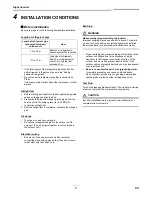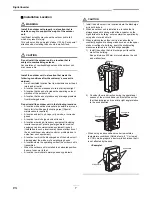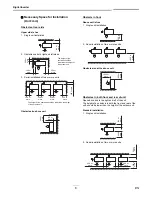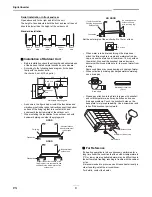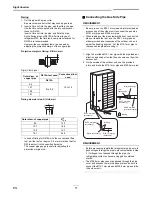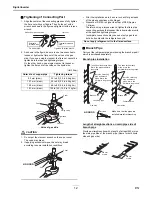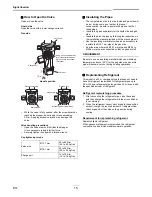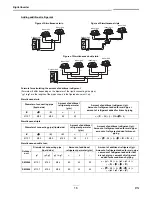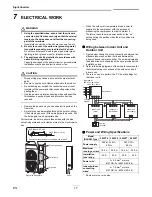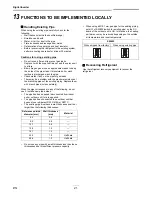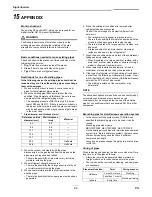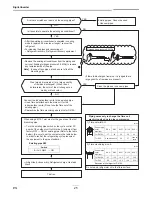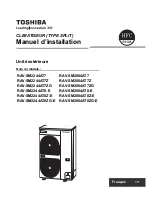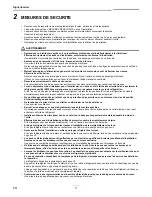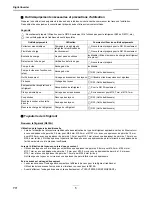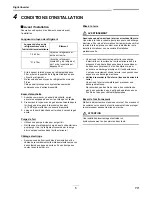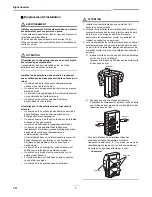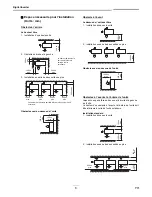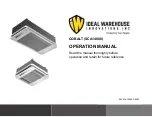
20
EN
Digital Inverter
9
FINISHING
After the refrigerant pipe, inter-unit wires, and drain pipe have been connected, cover them with finishing tape and clamp them
to the wall with off-the-shelf support brackets or their equivalent.
Keep the power wires and indoor/outdoor connecting wires off the valve on the gas side or pipes that have no heat insulator.
10
TEST RUN
•
Turn on the leakage breaker at least 12 hours before starting a test run to protect the compressor during startup.
To protect the compressor, power is supplied from the 380-415 VAC input to the unit to preheat the compressor.
•
Check the following before starting a test run:
• That all pipes are connected securely without leaks.
• That the valve is open.
If the compressor is operated with the valve closed, the outdoor unit will become overpressurized, which may damage the
compressor or other components.
If there is a leak at a connection, air can be sucked in and the internal pressure further increases, which may cause a burst
or injury.
•
Operate the air conditioner in the correct procedure as specified in the Owner’s Manual.
11
ANNUAL MAINTENANCE
•
For an air conditioning system that is operated on a regular basis, cleaning and maintenance of the indoor/outdoor units are
strongly recommended.
As a general rule, if an indoor unit is operated for about 8 hours daily, the indoor/outdoor units will need to be cleaned at
least once every 3 months. This cleaning and maintenance should be carried out by a qualified service person.
Failure to clean the indoor/outdoor units regularly will result in poor performance, icing, water leaking and even compressor
failure.
12
AIR CONDITIONER OPERATING CONDITIONS
For proper performance, operate the air conditioner under the following temperature conditions:
If air conditioner is used outside of the above conditions, safety protection may work.
Cooling operation
Dry valve temp.
–15°C to 46°C
Heating operation
Wet valve temp.
–20°C to 15°C

